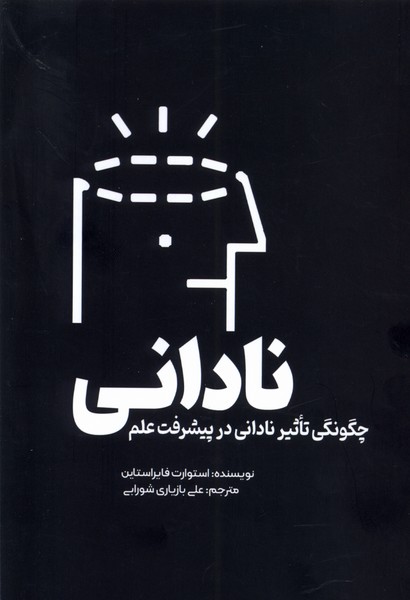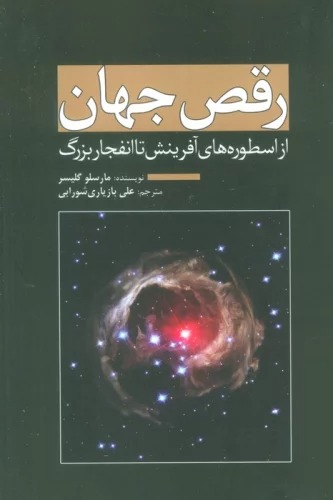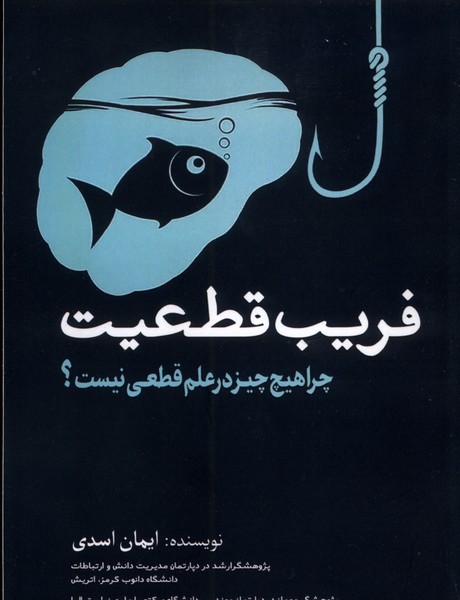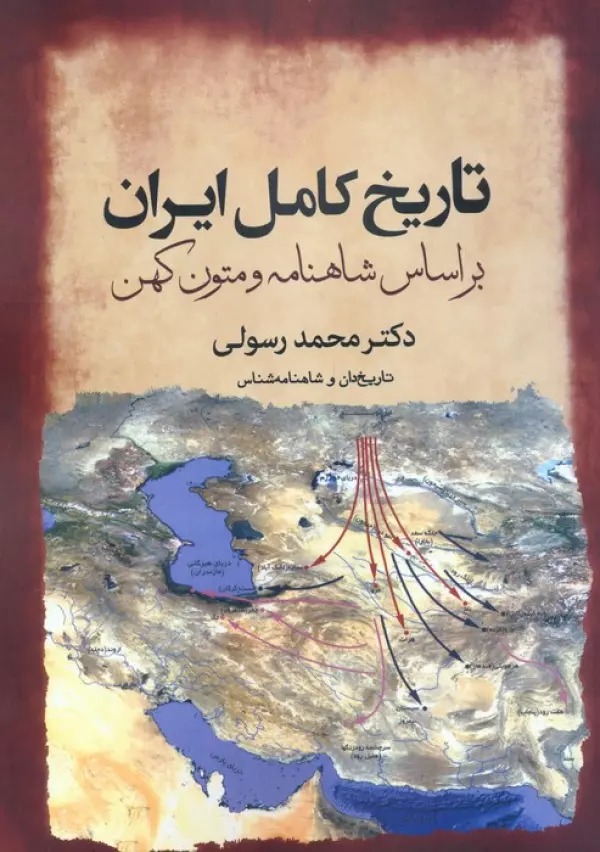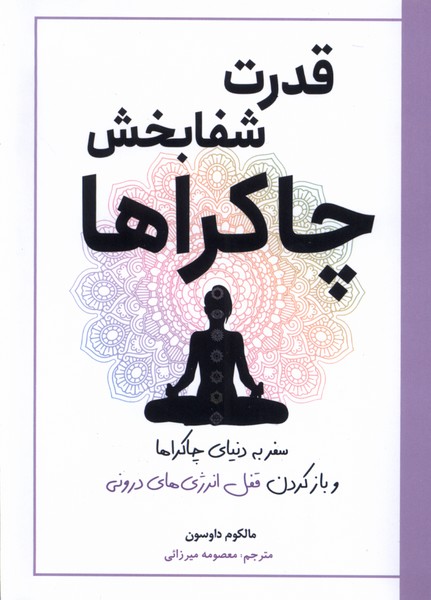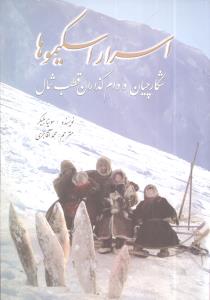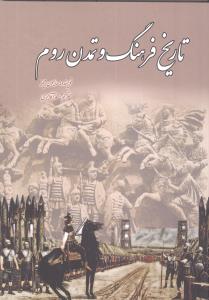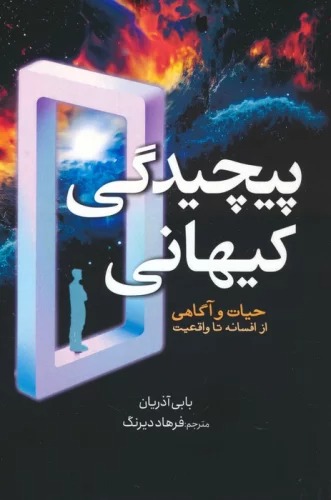Nādānī (Chigūnigī-yi Ta's̲īr-i Nādānī dar Pīshraft-i 'Ilm): Persiska (Farsi) 2024
نادانی (چگونگی تاثیر نادانی در پیشرفت علم)
21,06 $
Dela
Wishlist
Originaltitel:
Ignorance: How it drives science
ISBN:
9786001177231
Översättare:
'Alī Bāzyārī Shūrābī
Förlag:
Sabzan
Åldersgrupp:
Vuxen
Sidor:
200
Vikt:
210 g
Produktmått:
14 x 21 x 1
,
8 cm
Bokomslag:
Pocketbok
Knowledge is a big subject, says Stuart Firestein, but ignorance is a bigger one. And it is ignorance--not knowledge--that is the true engine of science.
Most of us have a false impression of science as a surefire, deliberate, step-by-step method for finding things out and getting things done. Says Firestein, more often than not, science is like looking for a black cat in a dark room, and there may not be a cat in the room. The process is more hit-or-miss than you might imagine, with much stumbling and groping after phantoms. But it is exactly this "not knowing," this puzzling over thorny questions or inexplicable data, that gets researchers into the lab early and keeps them there late, the thing that propels them, the very driving force of science. Firestein shows how scientists use ignorance to program their work, to identify what should be done, what the next steps are, and where they should concentrate their energies. He includes a catalog of how scientists use ignorance, consciously or unconsciously--a remarkable range of approaches that includes looking for connections to other research, revisiting
settled questions, using small questions to get at big ones, and tackling a problem simply out of curiosity. The book concludes with four case histories--in cognitive psychology, theoretical physics, astronomy, and neuroscience--that provide a feel for the nuts and bolts of ignorance, the day-to-day battle that goes on in scientific laboratories and scientific minds with questions that range from the quotidian to the profound.
Turning the conventional idea about science on its head, Ignorance opens a new window to the true nature of research. It is a must-read for anyone curious about science.
more
شاید این سخنان عجیب وغریب به نظر برسند، زیرا ما همه دنبال دانش هستیم و آرزویمان این است که از نادانی دوری کنیم. ما می خواهیم بدانیم که چگونه از نادانی فرار کنیم و چطور به دانش و دانایی برسیم و در موارد گوناگونی هم موفق می شویم. ما سال ها به مدرسه می رویم. و هزینه های زیادی می کنیم برای اینکه دانش بیشتری به دست آوریم. اما پرسش این است که چند نفر از ما راجع به این موضوع فکر کرده ایم که پس از به دست آوردن دانش، چه چیزی حاصل خواهد شد. ممکن است که ما بیش از بیست سال از عمرمان را صرف یادگیری کنیم، اما چهل سال بعد را چطور می گذرانیم؟ احمقانه است که برای این چهل سال، هیچ برنامۀ خوب تعریف شده ای نداشته باشیم. بنابراین، باید پرسید که بعد از کسب دانش و دانا شدن، چه اتفاقی برای انسان خواهد افتاد. ممکن است شما آن گونه که من می اندیشم فکر نکنید، ولی من می خواهم بگویم که بعد از دانش، نادانی می آید و نه برعکس.
می توانیم کار و پروژه مان در این کتاب را با این پرسش ها آغاز کنیم که اولاً علم با چه فرایندی فکت های خود را به دست می آورد، و ثانیاً این فرایند، در واقع، چگونه نادانی را تولید می کند. پس از آن است که می شود بررسی کرد که دانشمندان چگونه کارشان را انجام می دهند، چگونه شیوۀ کار و سؤال های خود را انتخاب می کنند، و چگونه راجع به این موضوعات تصمیم می گیرند.
more

